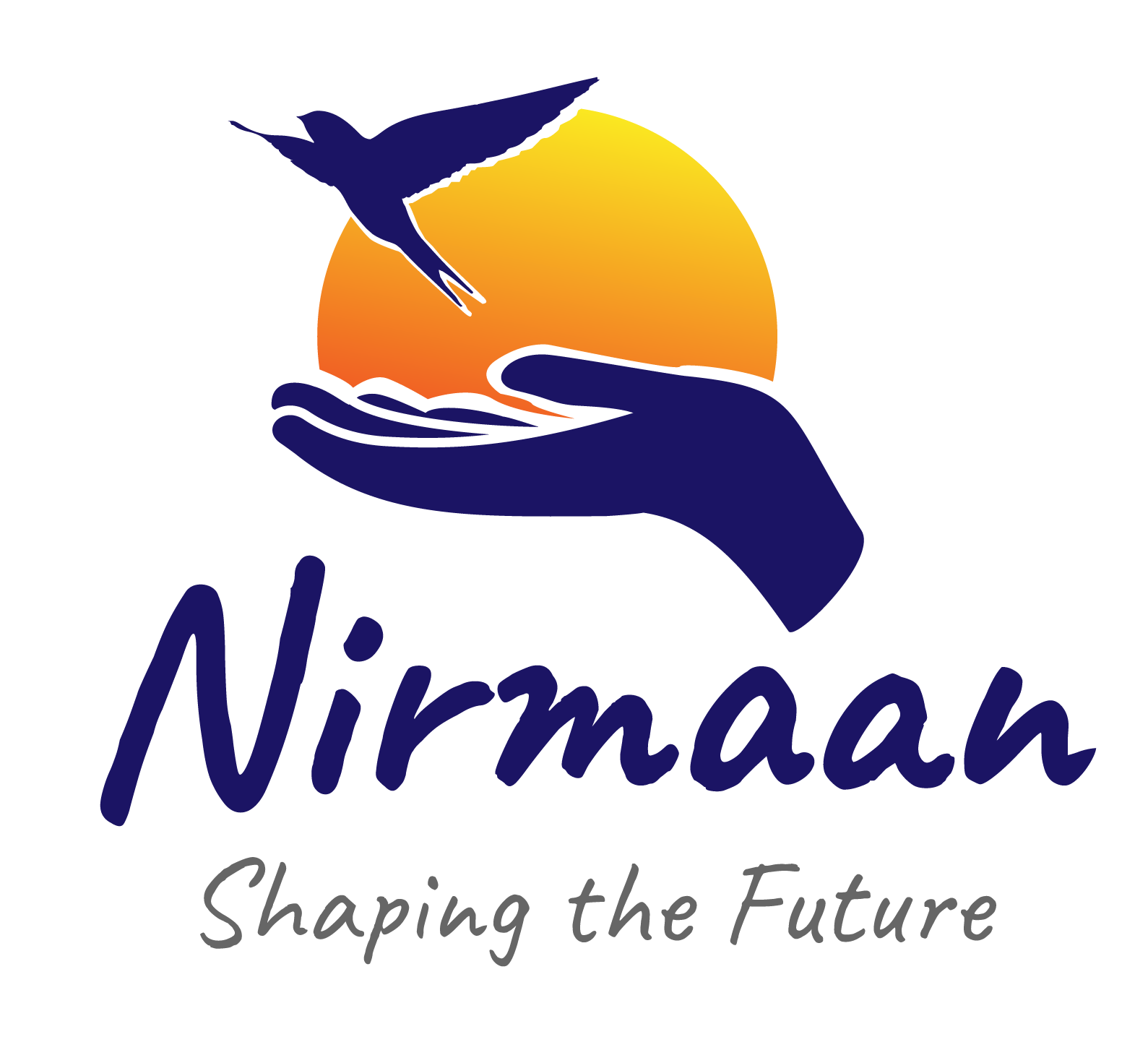The Future of Job Interviews with VR and AR
As we step into 2025, the landscape of job interviews is rapidly evolving. With advancements in technology, particularly in Virtual Reality (VR) and Augmented Reality (AR), the traditional interview process is undergoing a significant transformation. This blog delves into how these technologies are reshaping candidate assessments and redefining employer expectations in a tech-driven world.
Understanding VR and AR in Recruitment
Virtual Reality immerses candidates in a simulated environment, allowing them to interact with virtual elements as if they were in a real-life setting. On the other hand, Augmented Reality overlays digital information onto the real world, enhancing the candidate's interaction with physical elements. Both technologies offer unique opportunities to assess skills and competencies beyond the limitations of conventional interviews.
Enhancing Candidate Assessments
One of the most significant advantages of using VR and AR in job interviews is the ability to create realistic scenarios that test candidates' problem-solving abilities and decision-making skills. For instance, companies can simulate high-pressure situations where candidates must demonstrate their skills in real-time. This immersive experience provides a more accurate representation of a candidate's capabilities than traditional interview questions.
Creating Engaging Interview Experiences
VR and AR can also make the interview process more engaging for candidates. Instead of a standard Q&A format, candidates can experience interactive challenges or role-playing scenarios that reflect the job they are applying for. This not only makes the interview more enjoyable but also allows employers to observe how candidates react in various situations, giving them deeper insights into their personality and fit for the company culture.
Meeting Employer Expectations
As technology becomes more integrated into the hiring process, employers are increasingly expecting candidates to be tech-savvy and adaptable. Familiarity with VR and AR can be a significant advantage for job seekers. Companies that adopt these technologies can also streamline their recruitment process, saving time and resources while attracting top talent who are excited about innovative hiring practices.
Challenges and Considerations
While the benefits of using VR and AR in job interviews are evident, there are challenges to consider. Not all candidates may have access to the necessary technology, creating potential inequities in the hiring process. Additionally, companies must ensure that their VR and AR assessments are designed to be inclusive and fair, avoiding biases that could impact hiring decisions.
The Road Ahead
Looking ahead, the integration of VR and AR in job interviews is likely to become more prevalent. As these technologies continue to develop, we can expect even more innovative approaches to candidate assessments that prioritize skill over pedigree. For employers, embracing these changes will be crucial in attracting and retaining the best talent in an increasingly competitive job market.
In conclusion, the future of job interviews is bright with the promise of VR and AR. As we navigate this tech-driven world, both candidates and employers must adapt to leverage these technologies, ensuring a more effective and engaging hiring process.



Leave a Comment
To post comment, please